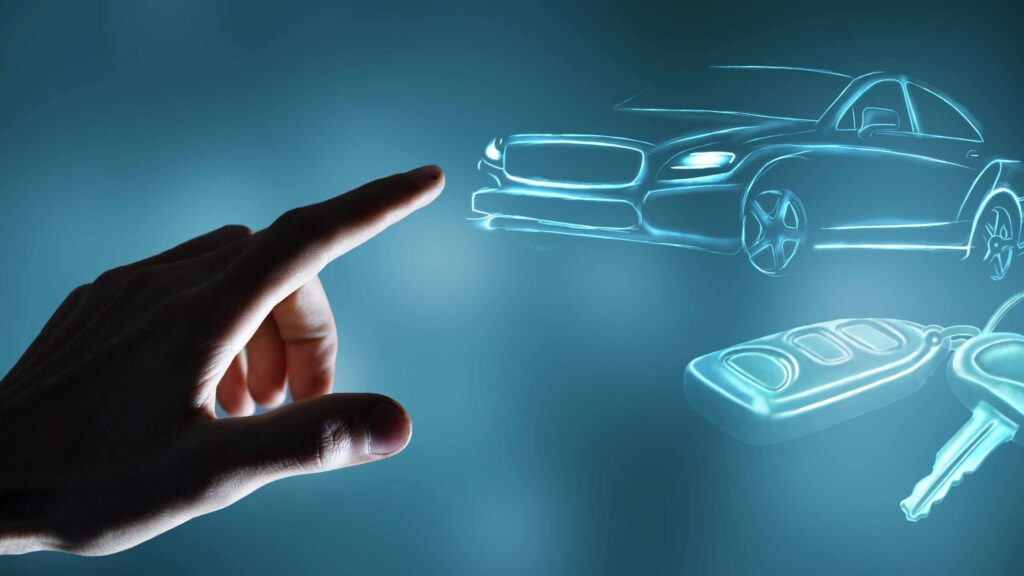Introduction
Gesture control technology has revolutionized the way we interact with our car interiors. From its early development to the present day, this innovative feature has come a long way. In this article, we will delve into the evolution of gesture control in car interiors and explore the impact it has had on the driving experience.
Early Developments
The concept of gesture control in cars can be traced back to the early 2000s when various automotive manufacturers started experimenting with touch-sensitive controls. These early iterations allowed drivers to manipulate certain functions by simply touching the dashboard or console. While it was a significant step forward in terms of convenience, it lacked the precision and intuitive nature that gesture control would later provide.
Advancements in Sensing Technology
As gesture control technology matured, automotive engineers began exploring more sophisticated sensing technologies to enhance its capabilities. Capacitive sensors were introduced, enabling drivers to perform hand gestures in front of specific areas within the car to trigger certain functions. This not only improved precision but also enabled a wider range of gestures to be recognized.
Integration with Infotainment Systems
One of the key areas where gesture control found its purpose was within the infotainment systems of vehicles. In-car entertainment became a major focus, and manufacturers sought ways to simplify the user interface while keeping drivers’ attention on the road. Gesture control emerged as a solution, allowing drivers to control multimedia features with a wave of their hand or a simple gesture.
Gesture Control for Climate and Lighting
Beyond infotainment systems, gesture control technology also found application in controlling car climate and lighting. The ability to adjust temperature and airflow with a few simple hand gestures eliminated the need for physical buttons or knobs. Similarly, drivers could activate lighting features or adjust brightness levels without taking their eyes off the road. This not only improved convenience but also enhanced safety by minimizing distractions.
Limitations and Challenges
While gesture control technology has undoubtedly improved the driving experience, it is not without its limitations. One of the primary challenges is the risk of false positives. Sensors may inadvertently interpret unintended gestures, leading to undesired consequences. Additionally, the learning curve for users to become familiar with the recognized gestures can be steep. Manufacturers have addressed these challenges over time by refining the technology and providing clear instructional guidance.
Latest Advancements and Future Prospects
As technology continues to advance, gesture control in car interiors has seen further enhancements. Artificial intelligence and machine learning algorithms are now being incorporated to improve gesture recognition accuracy and reduce false positives. Additionally, advancements in sensor technology have allowed for more intuitive and nuanced gesture control interactions.
The future prospects of gesture control in car interiors are exciting. With the advent of augmented reality (AR) and virtual reality (VR) technologies, we can anticipate even more immersive and interactive gesture control experiences. Imagine adjusting the car’s settings by simply pointing at virtual buttons projected onto the windshield.
Summary
Gesture control technology has evolved significantly since its early development. From touch-sensitive controls to the integration with infotainment systems and climate control, it has transformed the way we interact with car interiors. Despite its limitations, manufacturers continue to refine and innovate gesture control, paving the way for a more intuitive and convenient driving experience.







